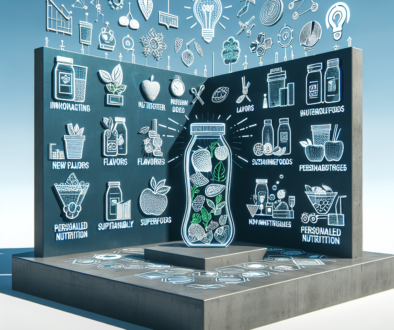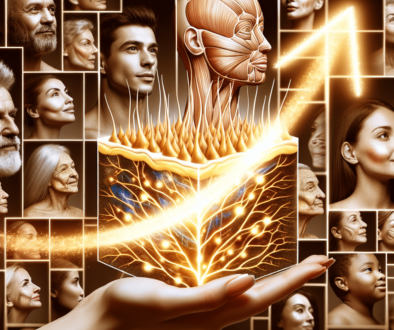Study On The Osteogenic Effect Of Mc3T3-E1 Cells On 3D Printed Three-Dimensional Biomimetic Composite Scaffold Under Dynamic Mechanical Loading
Keywords
Silk Fibroin, Collagen, Hydroxyapatite, Mc3T3-E1 Cells, Mechanical Loading
Abstract
Objective To observe the effect of dynamic mechanical loading on the proliferation, differentiation and osteogenesis-specific gene expression of MC3T3-E1 cells in the three-dimensional biomimetic composite scaffold material prepared by low-temperature 3D printing combined with freeze-drying method. Methods Silk fibroin, type I collagen, and hydroxyapatite were mixed at a mass ratio of 3:9:2, and a three-dimensional biomimetic composite scaffold was prepared using low-temperature 3D printing combined with freeze-drying technology. The appearance of the scaffold was generally observed, and the pore size of the scaffold was observed with Micro-CT. and porosity, and determine the water expansion rate, stress, strain, and elastic modulus. MC3T3-E1 cells were seeded into a three-dimensional biomimetic composite scaffold and randomly divided into two groups: the experimental group underwent dynamic mechanical loading once a day, 15 minutes each time, frequency 1 Hz, and strain 3 500 ¦Ì¦Å during culture; the control group received no mechanical loading. After 7 and 14 days of culture, HE staining and scanning electron microscopy were performed on the cell-scaffold complex to observe the cell growth on the scaffold. Western blot and real-time fluorescence quantitative PCR were used to detect type I collagen, BMP-2, and osteocalcin (OCN). ) protein and mRNA expression. As a result, the three-dimensional bionic composite scaffold prepared was a white cubic grid. Micro-CT examination showed that the interior of the scaffold material had a pore network structure with good pore connectivity; the macropore diameter was (506.37¡À18.63) ¦Ìm and the micropore diameter was (62.14¡À 17.35) ¦Ìm, the porosity is 97.70%¡À1.37%, and the water expansion rate is 1341.97%¡À64.41%. Mechanical testing shows that when the stent is compressed to 10%, the compression displacement of the stent is (0.376¡À0.004) mm, the compressive stress is (0.016¡À0.002) MPa, and the elastic modulus is (162.418¡À18.754) kPa. After 7 and 14 days of composite culture, HE staining and scanning electron microscopy of both groups showed that cells grew inside the scaffold, mainly distributed around the pore walls of the scaffold. The cells in the experimental group increased compared with the control group, and the cells changed from spindle-shaped to flat. Except for the difference in cell count between the two groups at 14 days under 200x microscope (t=¨C2.024, P=0.080), the cell numbers of the experimental groups at each time point under different magnifications (40, 100, and 400x) were all the same. Significantly higher than the control group (P<0.05). Real-time fluorescence quantitative PCR detection showed that the relative expression of type I collagen and OCN mRNA in the experimental group was significantly higher than that in the control group at 7 and 14 days of culture (P<0.05), but there was no statistical difference in the relative expression of BMP-2 mRNA between the experimental group and the control group. scientific significance (P>0.05). Western blot analysis showed that the relative expression levels of type I collagen, BMP-2, and OCN proteins in the experimental group were significantly higher than those in the control group (P<0.05) at 7 and 14 days of culture. Conclusion After dynamic mechanical loading, the expression of BMP-2, type I collagen, and OCN in MC3T3-E1 cells seeded on the three-dimensional biomimetic composite scaffold was significantly increased, indicating that appropriate mechanical loading is conducive to the differentiation of MC3T3-E1 cells into osteoblasts. For further information of this article and research, feel free to contact our team for asssitance. Original research was done by Liu Yingjie, Zhang Xizheng, Li Hui, Li Ruixin, Cheng Wei, Yuan Qingxian
About ETChem
ETChem, a reputable Chinese Collagen factory manufacturer and supplier, is renowned for producing, stocking, exporting, and delivering the highest quality collagens. They include marine collagen, fish collagen, bovine collagen, chicken collagen, type I collagen, type II collagen and type III collagen etc. Their offerings, characterized by a neutral taste, and instant solubility attributes, cater to a diverse range of industries. They serve nutraceutical, pharmaceutical, cosmeceutical, veterinary, as well as food and beverage finished product distributors, traders, and manufacturers across Europe, USA, Canada, Australia, Thailand, Japan, Korea, Brazil, and Chile, among others.
ETChem specialization includes exporting and delivering tailor-made collagen powder and finished collagen nutritional supplements. Their extensive product range covers sectors like Food and Beverage, Sports Nutrition, Weight Management, Dietary Supplements, Health and Wellness Products, ensuring comprehensive solutions to meet all your protein needs.
As a trusted company by leading global food and beverage brands and Fortune 500 companies, ETChem reinforces China’s reputation in the global arena. For more information or to sample their products, please contact them and email karen(at)et-chem.com today.



